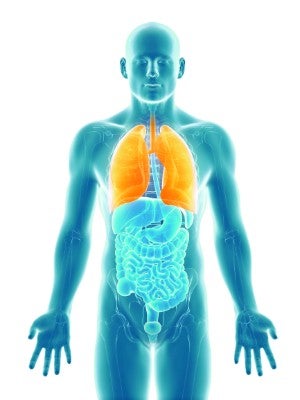LENS Health and Wellness
Oral Clues
Your Mouth is Like a Canary in a Coal Mine
 IMAGE: GETTY IMAGES/SCIEPRO
IMAGE: GETTY IMAGES/SCIEPROGum inflammation may increase the risk of serious illnesses, such as strokes, Alzheimer’s disease and dementia, respiratory diseases, rheumatoid arthritis, and cancers of the pancreas, colon and prostate.
For years, dental researchers at Case Western Reserve and elsewhere have seen clues in the human mouth that could indicate health problems. Gums swelling in a certain way can suggest a patient has lymphoma. Acid eating away the enamel of the teeth can indicate bulimia—and the list goes on.
More recently, some studies have found that treating a particular gum disease actually can improve a related health issue. What follows are connections the university's School of Dental Medicine has found:
Adverse pregnancy outcomes: A common oral bacteria can travel to the placenta, umbilical cord and fetus. When that happens, a woman is more likely to experience premature birth and other adverse outcomes, including a low birth-weight baby.
Rheumatoid arthritis: Rheumatoid arthritis and periodontitis, a serious gum infection, are both chronic inflammatory conditions. Treating the periodontitis reduced the severity of rheumatoid arthritis in patients.
Colon cancer: Researchers found that periodontitis-causing bacteria can be associated with growth of colon cancer cells.
Prostate cancer: Treating gum disease improved symptoms of prostate inflammation in men with both conditions and lowered levels of prostate- specific antigen, a protein produced by the prostate. High levels of the protein can indicate prostate cancer or an enlarged prostate.

Nabil Bissada, professor
Research hasn't shown actual cause-and-effect relationships between oral bacteria and these other health issues, said Nabil Bissada, DDS, professor and chair of the Department of Periodontics. He said further research is needed to determine why oral bacteria travel through the bloodstream to other parts of the body and what happens when they do. "It's all connected," he said. "You can't separate one part of the body from another."





